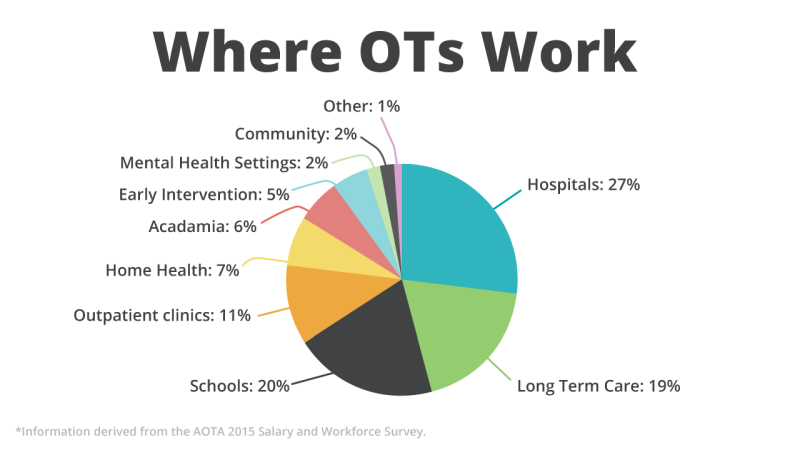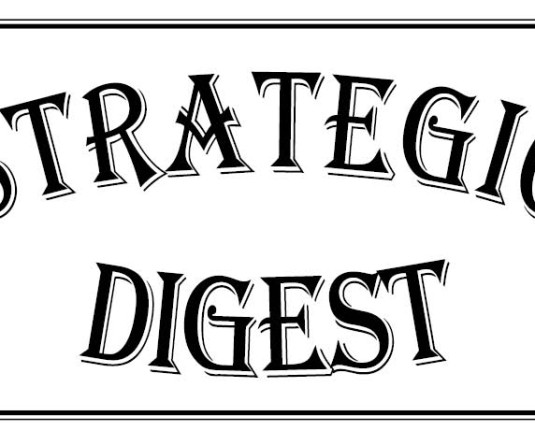
Shüyüni Piku
Occupational Therapist, Department of Physical Medicine and Rehabilitation, CIHSR
Life rarely unfolds as we expect. Injuries, disabilities can have a great impact on the participation in our daily routines. What once could be done in the blink of an eye, after an injury, would take months and even years of practice to do it again. Occupational Therapy(OT) focuses on re-engaging the person in meaningful daily activities. Daily activities include bathing independently to cooking a meal for your children.OT is unique in that it uses a holistic approach to look not only at the reasons a patient’s participation in activities has been impacted, but also at the roles and environments.
How can OT help?
From an occupational therapist’s perspective an essential part of healing is being able to participate in the daily activities that one finds meaningful. For a child, this might mean playing with friends. For an adult, this might mean being able to go to work, fix a meal, help in home works.OT’s call these meaningful routines ‘Activities of daily living’. These basic building blocks of daily life can become difficult after an illness, disability or injury,OT professionals help to develop skills and adaptive strategies to participate in these activities with minimal assistance from caregivers.
A list of activities OTs can help with:
Bathing,Toileting/Toilet hygiene,Dressing,grooming,Feeding/Eating/Functional mobility/Personal device care/care of others/Child rearing/Communication management/Community ambulation/Community Reintegration/Meal preparation and cleanups/Religious and spiritual activities/Shopping/Rest and sleep/Work/Play/Leisure/Social Participation.
Occupational Therapy process:
OT Evaluation:
to plan out specific goals and treatment techniques unique to each patient.
OT treatment:
Treatment focus on providing physical, emotional or cognitive interventions to achieve the goals. Therapist also considers home/workplace modifications to develop sense of acceptance and taking up roles after the injury.
How is OCCUPATIONAL THERAPY different from PHYSIOTHERAPY?
Occupational therapists and physiotherapists are similar in some ways, as both are rehabilitation professionals who strive to help patients return to their previous level of functioning. Both professions evaluate and set treatment plans and both believe that recovery means being able to participate in life to one’s fullest potential. However, the key difference is that OT focus more on the improvement of daily activities while PT focuses more on specific improvement of body movements. One can think of PT like a body mechanic, and an OT as a guide to reintegration into normal life. Fore.g. PT might work to improve a patient’s elbow range of motion(ROM)to maintain the ROM.The OT will work with the patient to use that ROM along with other Assistive devices to return to his/her daily task of eating, groomingetc. Clearly there is a good amount of crossover between the two, which is why we are always confused.
Where OT’s WORK?
Occupational Therapy for children:
Occupational therapists develop interventions based on analysis of the child’s behaviors and performance, the occupations in which he or she engages, and the context for those occupations. When evaluating a child’s performance, the therapist determines how performance is influenced by impairment and how the environment supports or constrains performance. At the same time the occupational therapists systematically analyze the child’s occupational performance and social participation, they acknowledge that the spirit of the child also determines who he or she is and will become. Few conditions the OT manages in children are Cerebral Palsy,Autism,ADHD,Down’s syndrome,Developmental Delay, Seizure disorders etc.,
Occupational Therapy in older adults:
Ageing is a process that occupational therapists cannot ignore, for globally there will be 1.2 billion people over the age of 60 by the year 2025, and by 2050 these figures will have doubled, with 80% of older people living in developing countries (WHO 2002). However, instead of considering increasing life expectancy as a success story it is commonly viewed with doom and gloom, often associated with the belief that old age equals dependency, requiring more money to pay for additional health and social care. This ethos lead to the term; Active Ageing’.What is active ageing? ‘The process of optimizing opportunities for health, participation and security in order to enhance quality of life as people age.’ (WHO 2002:12)Occupational therapists are in a unique position in that they are the only professionals with expertise in occupation but also in the environment, assistive technology and older people.
E.g.Reminder systems – e.g. electronic/speaking clocks, day planners, automated medicine reminders-can assist with managing short-term memory loss.
OT management for falls in elderly:
Falls occur when the environmental hazards or demands exceed the individual’s ability to maintain postural control (Tinnetti, 2001). The role of the occupational therapist is to identify incongruence between the person and their environment and to consider a range of interventions which will remove or overcome any environmental barriers which hinder occupational performance.
Occupational Therapy for Physical dysfunction:
Occupational therapy for individuals who have had a stroke ‘focuses on the nature, balance, pattern and context of occupations and activities in the lives of individuals, family groups and communities’ (Creek, 2003) with relevant interventions being selected according to individual need.
Occupational Therapy in Oncology and Palliative Care:
Watterson et al. (2004) reported on the increasing emphasis on the importance of rehabilitation for individuals with cancer regardless of their prognosis. Occupational Therapy is client-led in their approachfor rehabilitation to be meaningful and holistic and for optimal outcomes to occur (Law et al., 1995) specially in palliative care set up.






